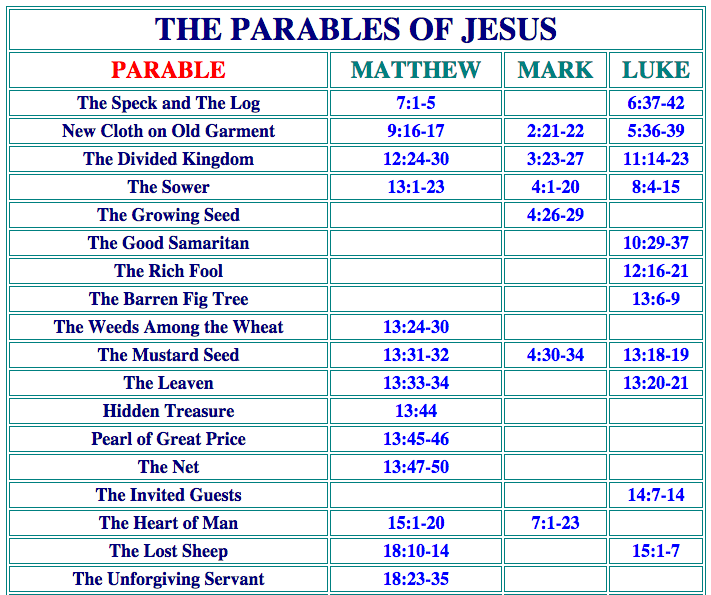List Of Typologies In The Bible Pdf
List Of Typologies In The Bible Pdf
In the Bible, there are many types and shadows. Typology is a Biblical interpretative system that sees the “types” or historical patterns of events recorded in the Old Testament as pointing forward to the ultimate reality foreshadowed in Jesus Christ. In other words, these types are not just coincidences or mere illustrations in the Bible; rather, they are part of God’s written word intended for our understanding if we have eyes to see.
Typology (theology)
Typology is a Biblical interpretative system that sees the “types” or historical patterns of events recorded in the Old Testament as pointing forward to the ultimate reality foreshadowed in Jesus Christ.
The basic belief is that God has worked out His plan of salvation throughout history, and that He has done so in a way that reveals His purposes through types and shadows. The idea of typology comes from the Greek word τύπος (type), meaning example or pattern. In Biblical typology, not only do types reveal God’s prophetic plan for humanity but they also show how man may interact with God through obedience (or disobedience) to His commands.
Kerygma
Kerygma is a Greek word usually translated as “proclamation.” The kerygma is the central message of the Bible. It is the message of Jesus Christ – who He was, what He did, and why He came to earth. It tells us about His death on the cross for our sins and His resurrection from the dead three days later so that we might have eternal life with Him in heaven if we believe in Him.
The kerygma includes these four truths:
- Jesus Christ is God’s Son;
- Jesus Christ died on a cross for our sins;
- Jesus Christ was raised from the dead three days later;
- If you believe in Him (Jesus), you will have eternal life with Him in heaven
Law and Gospel
- Law and Gospel: The Apostle Paul taught that the law and gospel are two sides of the same coin. In other words, they cannot be separated. For example, he wrote in Romans 2:11-12: “For there is no partiality with God. All who sin apart from the law will also perish apart from the law, and all who sin under the law will be judged by the law . . . Therefore those who have not believed in Christ are condemned already.”
- We are saved by grace through faith (Ephesians 2:8-9). This does not mean we can keep on sinning just because God forgave us; instead it means we must repent and turn away from our sins in order to live a life pleasing to Him (Hebrews 12:14; 1 John 3:6).
Hermenutics
Hermeneutics is the science, art and method of interpretation. It deals with methods to obtain the meaning of a text. There are various hermeneutical approaches, but they all share some common principles:
- The basic assumptions about Scripture; its nature, origin and authority.
- The rules for determining what constitutes an interpretation that is acceptable or unacceptable because it contradicts the fundamental objective (spiritual) in interpreting Scripture.
Christ Typology
- The Old Testament is a shadow of Christ, the New Testament is the reality that the Old Testament shadowed.
- Christ typology is a type of interpretation that compares characters and events in the Hebrew Bible with their fulfillment or antitype in Jesus Christ.[1] For example, Adam may be seen as an antitype for Jesus Christ since both were human beings who sinned but were redeemed by God.[2] In this way, Adam’s story becomes “typological” to Jesus’ story. As another example, when Paul wrote about Isaac carrying wood for his father Abraham (Genesis 22:6), he was not referring to wood being carried by Isaac on that particular occasion; rather, he was using it as an illustration for how all Christians are supposed to carry their cross every day.[3]
Theophany
Theophany is a manifestation of God to man. It is a supernatural appearance, either in the form of a visible phenomenon or in words, to some person or persons who are not expected to witness the appearance. Theophany could happen at any time and in any place.
Temple in Jerusalem
The Temple in Jerusalem was the center of worship for the Israelites. It was destroyed by the Babylonians, rebuilt by the Persians, destroyed again by the Romans and finally rebuilt again by Jews.
Typology is a Biblical interpretative system that sees the “types” or historical patterns of events recorded in the Old Testament as pointing forward to the ultimate reality foreshadowed in Jesus Christ.
Typology is a Biblical interpretative system that sees the “types” or historical patterns of events recorded in the Old Testament as pointing forward to the ultimate reality foreshadowed in Jesus Christ. Typology has its roots in the theology of St. Paul and St. John’s writings, but it was not defined until later by Augustine (354–430). In his book City of God, Augustine wrote that all things were made good by God and then spoiled by man’s sin. Some things were restored when God sent His Son into the world: “The first Adam was a type of him who was to come; so also was Noah.” This means that Noah prefigured Christ: both seem like they were going to fail (Noah’s flood destroyed everything), but both succeed at their main task because they are part of God’s plan for humanity.
In this section we will consider what typology is as well as look at types found throughout Scripture using examples from Genesis through Revelation.:
Typology is a Biblical interpretative system that sees the “types” or historical patterns of events recorded in the Old Testament as pointing forward to the ultimate reality foreshadowed in Jesus Christ. Typologies are not only based on individual texts; they also include whole passages, themes or groups of texts. The types can be found in Scripture and then applied to other situations outside the Bible text too! There are several different types used throughout Scripture (like kerygma), so we hope this article has helped you understand what typology means and how it works!








